Results for Category: Botanical
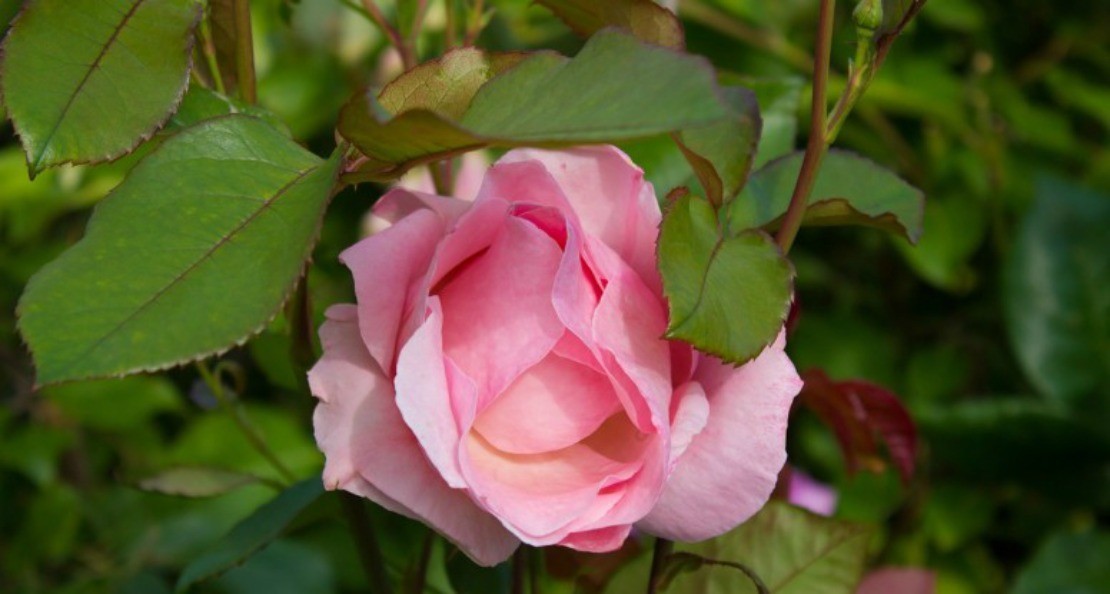
Cooling Down with Summer Rose
In Traditional Chinese Medicine, summer is the season of yang and is associated with the fire element, the Heart, and Small intestine. Energy peaks and it is the time of growth, light, and abundance. Summer is the season of joy and for most of us, it is a more relaxed and fun time of year….
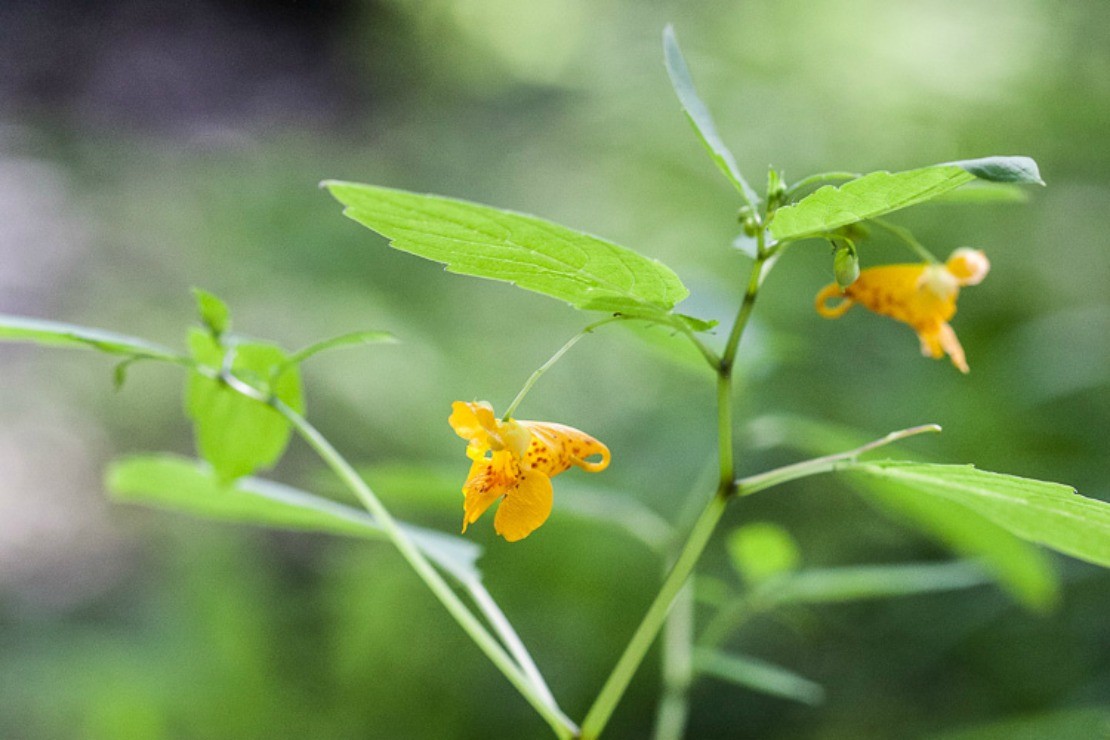
Jewelweed, A Story
Post written by John Bailey, student in the Intermediate Herbal Course. Who ever knew that herbs and other things that help us on ...
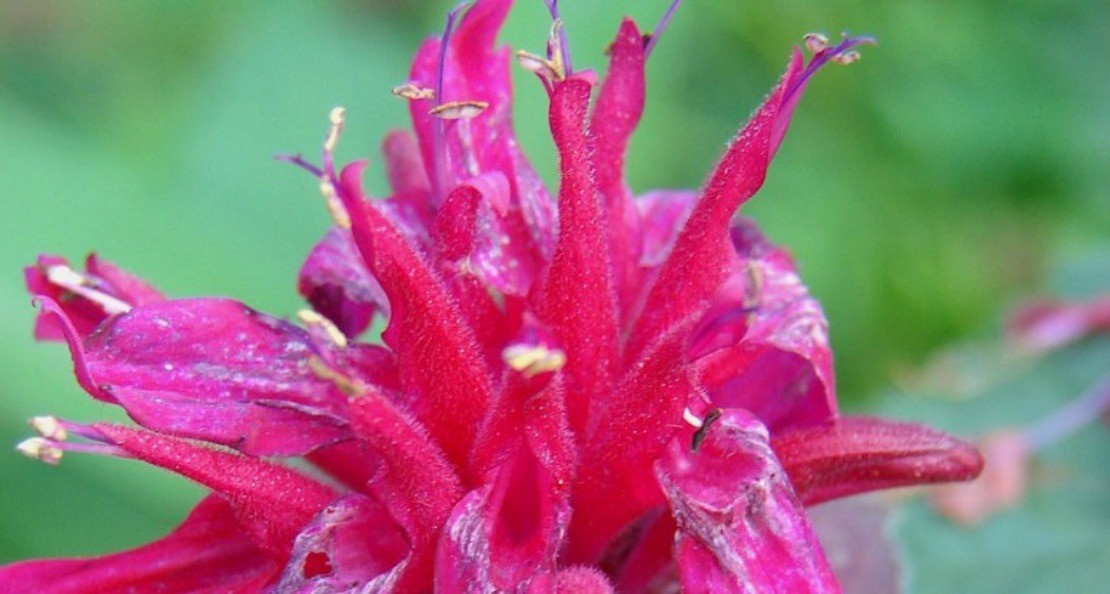
Recipes Using Bee Balm
As we discussed in our last article, many names have been given to the plant monarda: bee balm, bergamot, or Oswego tea (more on ...
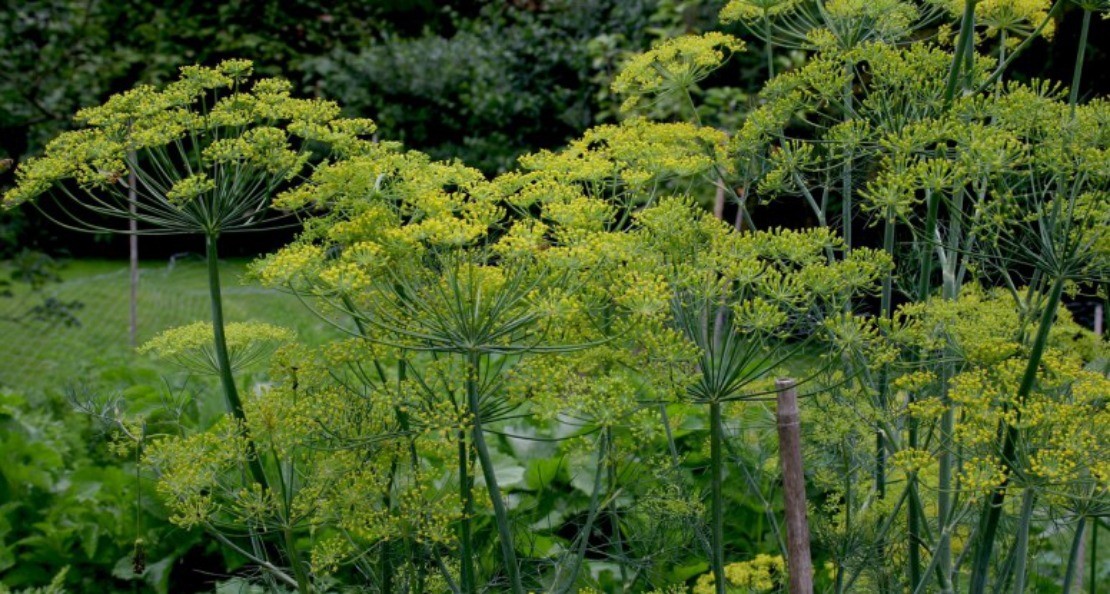
6 Natural Ways to Deter Insects From Your Herbs
Herbs tend to be relatively low-maintenance plants, which is one reason they are so popular to grow. They also add to our lives in more concrete ways, like providing delicious additions to family meals, preventing infections for minor cuts or scrapes, and providing many other health benefits. So it stands to reason that these wonderful…
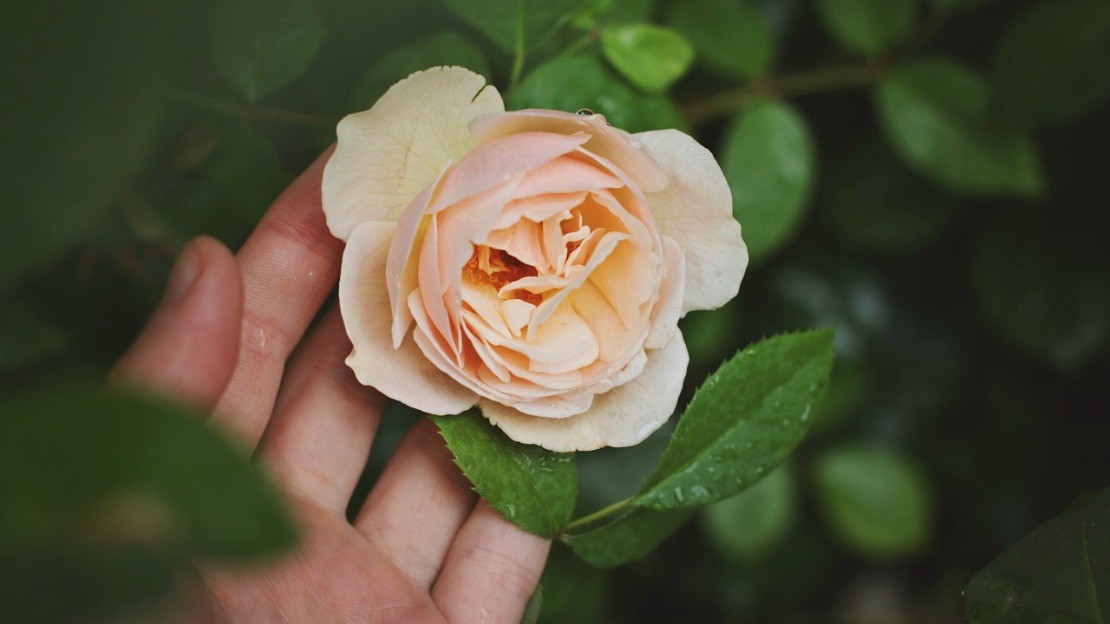
A Family Herb: The Comforts Of Rose
The lovely rose has more than a beautiful face. Highly prized throughout history as an herbal remedy, roses (Rosa spp.) have long been used to help soothe and heal humanity’s woes. Gentle rose is a calming nervine and a helpful respiratory and immune ally as well as a useful topical remedy. Bring the comforts of…
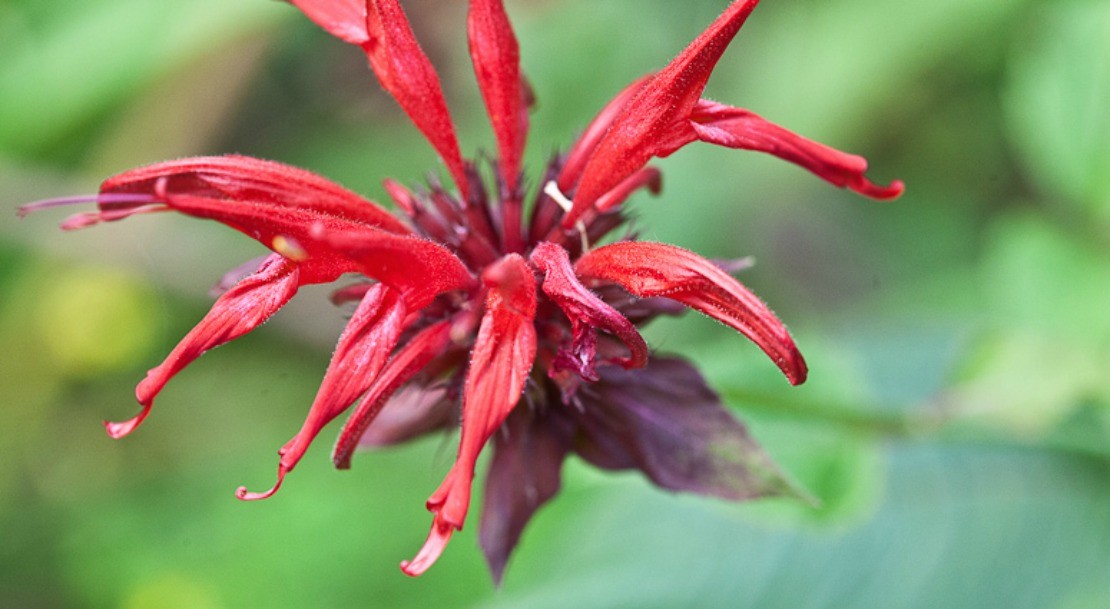
Benefits of Bee Balm: Monarda fistulosa and M. didyma
Bee balm is the common name of both Monarda didyma, which has red flowers, or Monarda fistulosa, which can have lavender, pink, or...
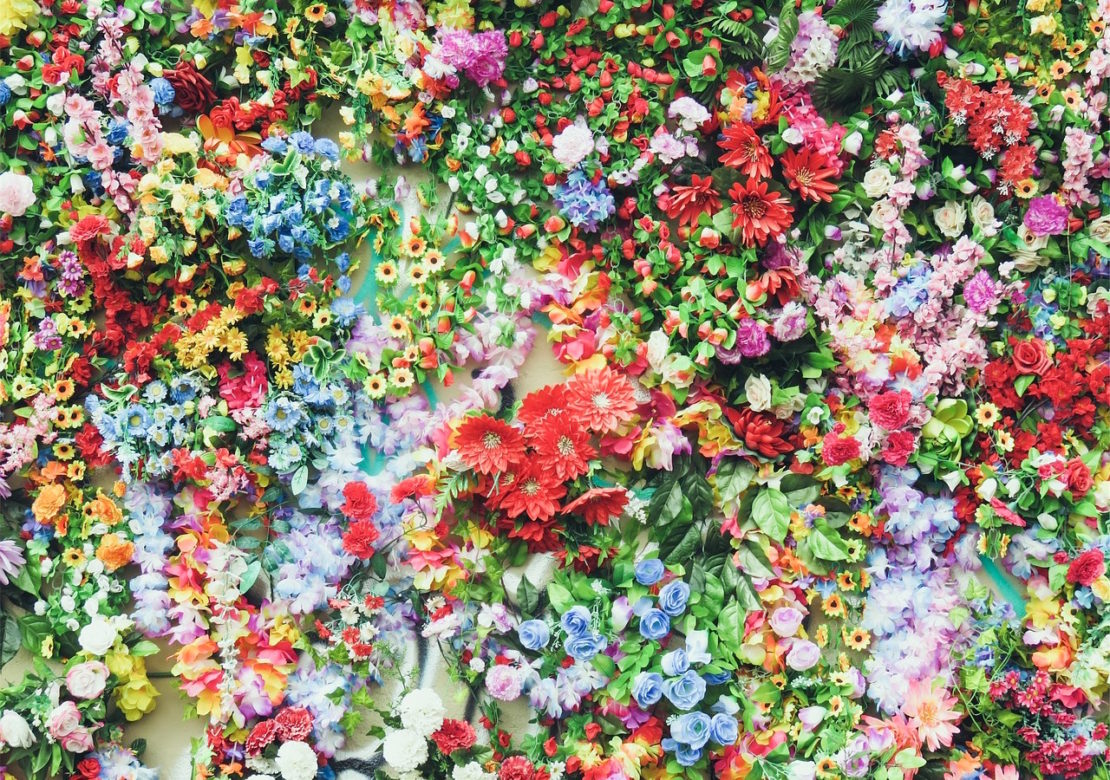
The Secret Meaning of Herbs
Across many different cultures and time periods, humans have cherished a secret meaning of herbs and plants. Flowers, herbs, and f...
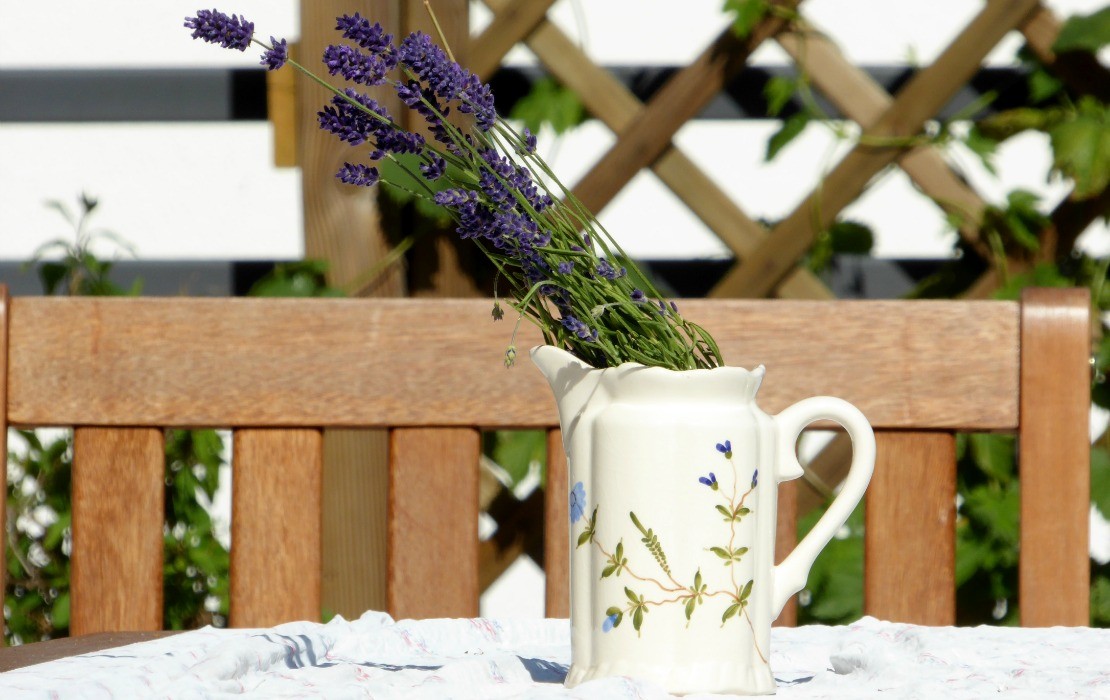
The Benefits Of Lavender In The Family Home
At our house, lavender is a constant friend, helping to keep our home and its occupants safe, clean, and comfortable. Rich with antimicrobial essential oil, lavender helps to naturally clean and refresh the home. Lavender has a relaxing, yet refreshing action, so it is wonderful to have around the house to welcome home weary souls…
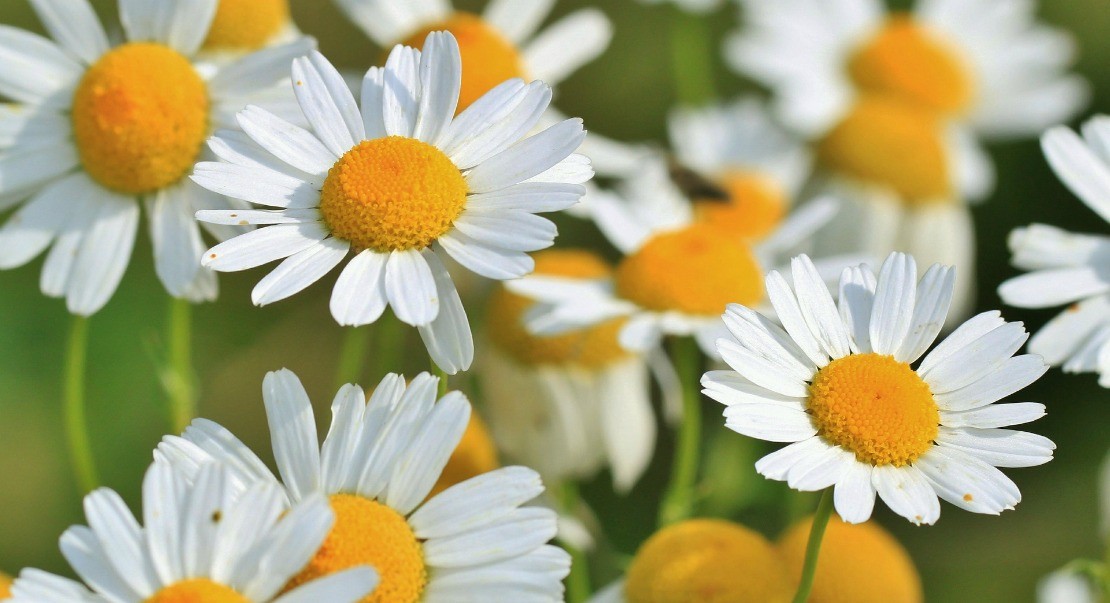
23 Ways to Use Chamomile
Chamomile is one of the most recognized and used herbs in the western world. Many people think of it first for anxiety and insomnia, but it’s far more than a gentle nervine. From tea and tinctures to salves and soap, chamomile’s versatility and aroma have long-been welcomed into our lives. To read about chamomile’s use throughout the…
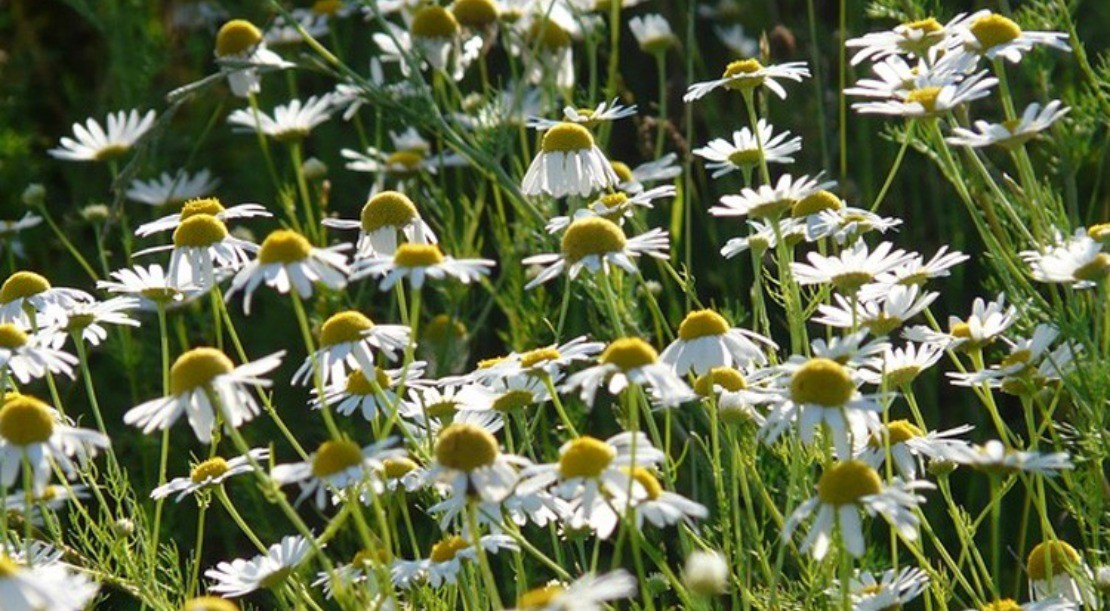
Get to Know the Versatile Chamomile Plant
From the Astereraceae (daisy) family comes the Matricaria recutita (German chamomile) and Chamaemelum nobile (Roman chamomile). Bo...


